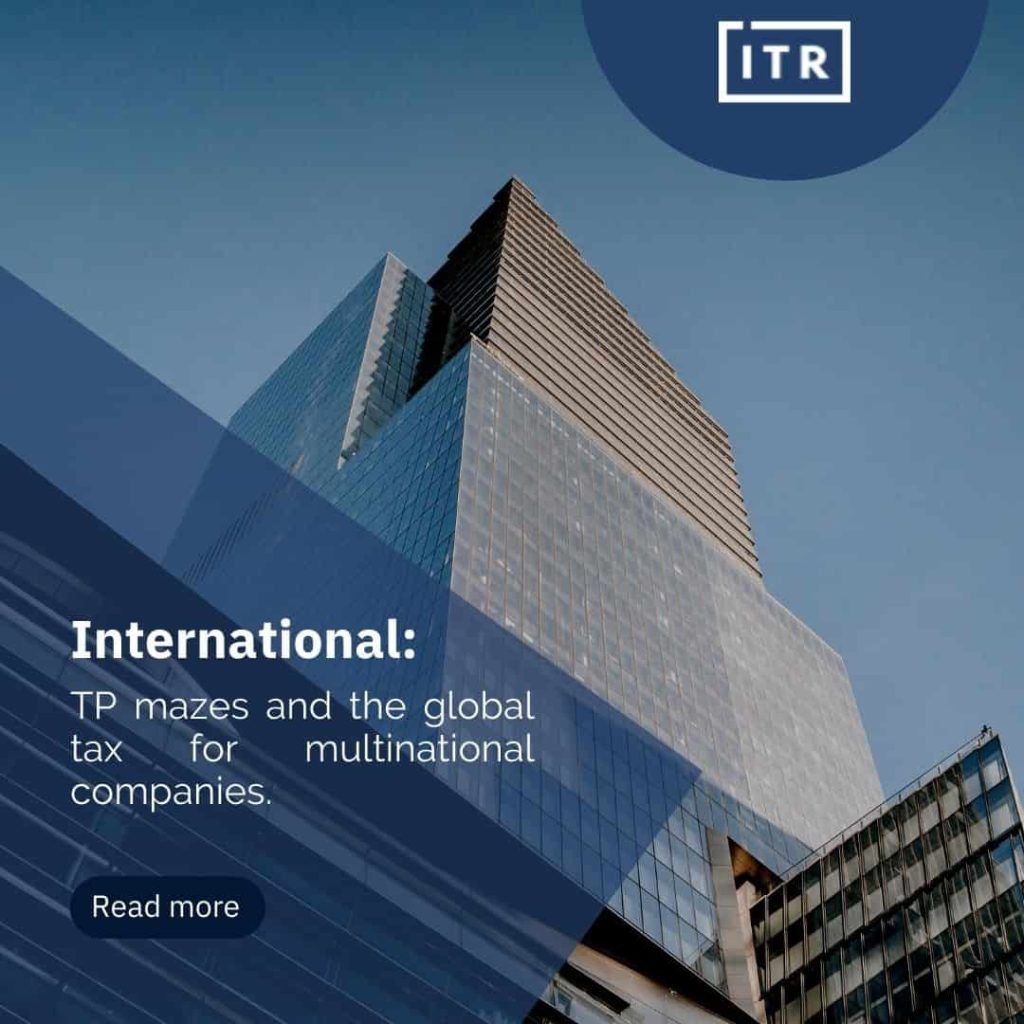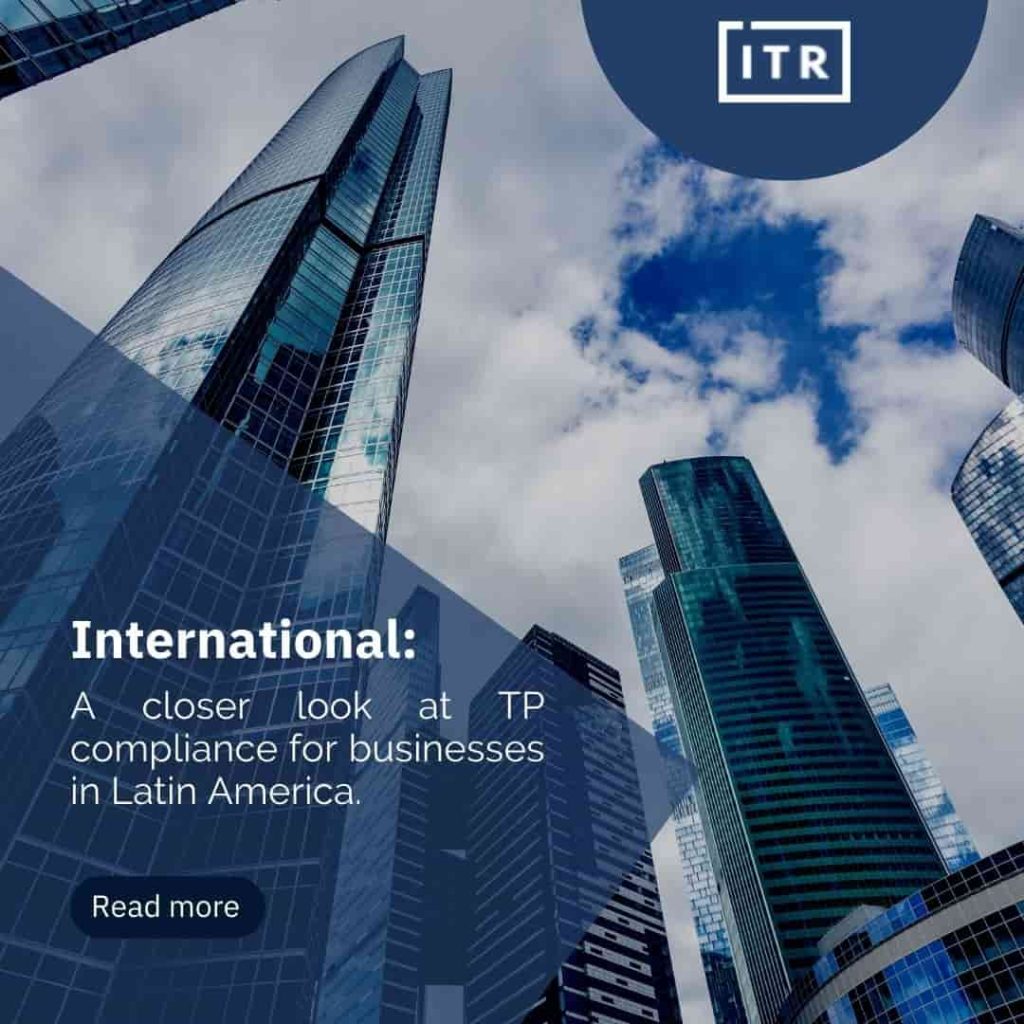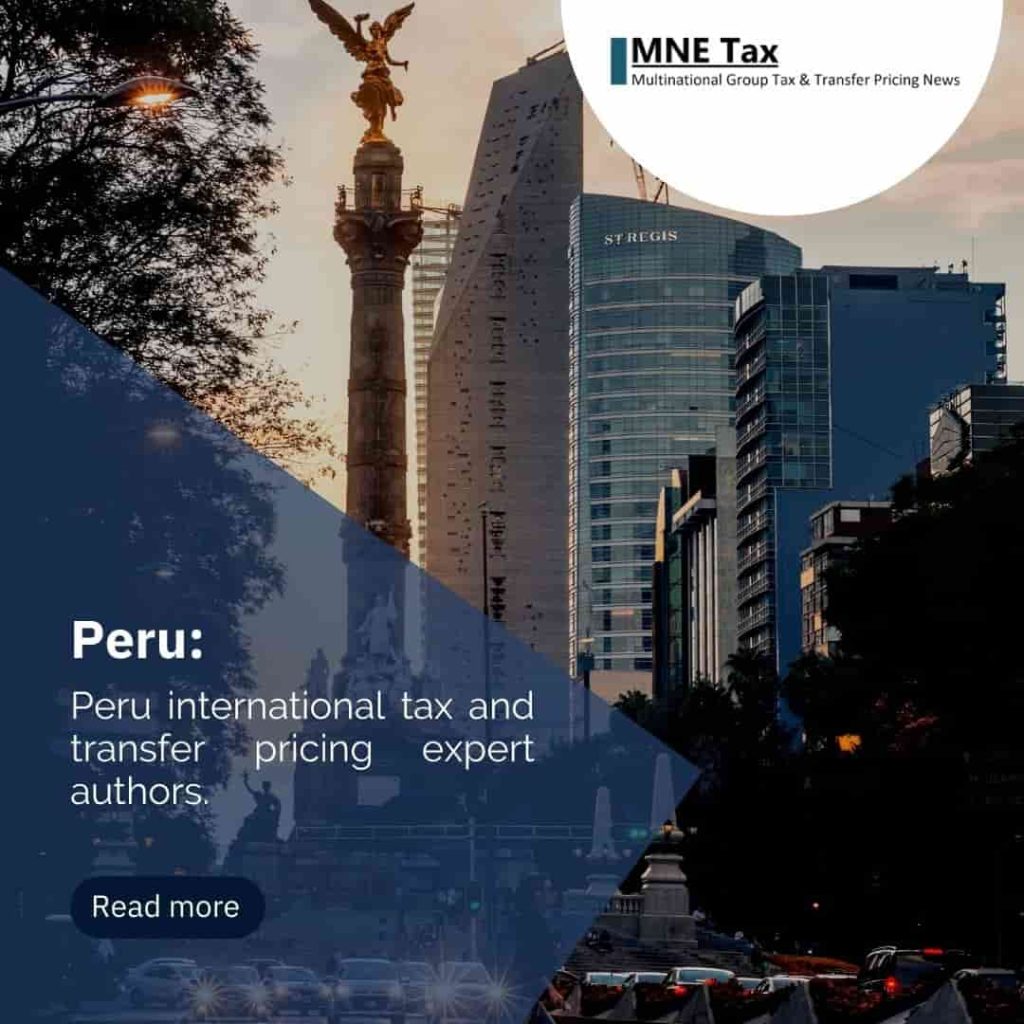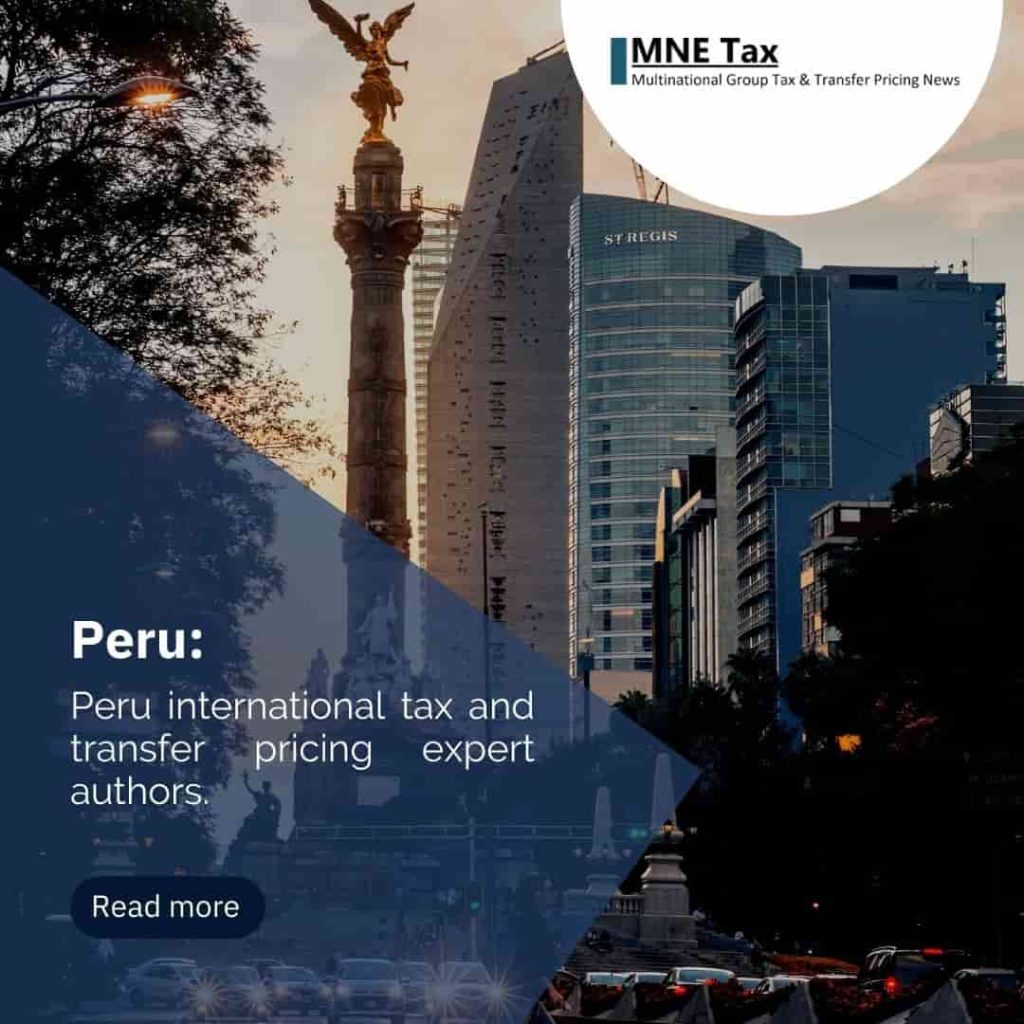Singapore
Introduction
On January 6, 2015, the Inland Revenue Authority of Singapore (“IRAS”) issued revised Transfer Pricing (“TP”) guidelines. The IRAS issued Transfer Pricing guidelines on February 23, 2006.
These new comprehensive guidelines replace the Transfer Pricing guidelines issued in 2006 and three supplementary guidelines/circulars issued in 2008 and 2009.
On August 10, 2021, the Inland Revenue Authority of Singapore (IRAS) issued the sixth edition of the Transfer Pricing Guidelines three years after the release of the fifth edition. Singapore has its own Transfer Pricing Guidelines, which are largely according to the OECD Guidelines.
Arm’s Length Principle
The Arm’s Length Principle is set out in Section 34D of the Singapore Income Tax Act and all of Singapore’s double taxation agreements.
The IRAS complies with the Arm’s Length Principle to guide Transfer Pricing between related parties. It underwrites the principle of taxing profits, where the actual economic activities generating the profits are carried out, and the value is created.
The Arm’s Length Principle requires that Transfer Pricing between related parties is equivalent to the prices charged in the same or comparable circumstances by unrelated parties.
Related Parties
The definition of related parties is set out in Section 13(16) of the Singapore Income Tax Act. These related parties refer to entities that:
- Control each other directly or indirectly (branches and head offices) or.
- Are under the common control of another party, either directly or indirectly (two subsidiaries with a common parent company).
Transfer Pricing Methods
IRAS uses five methods accepted by the OECD to assess the transfer pricing of an enterprise based on the prices adopted by independent parties in similar transactions. The choice may depend on the circumstances and available data.
- Comparable Uncontrolled Price Method.
- Cost Plus Method.
- Resale Price Method.
- Profit Split Method.
- Transactional Net Margin Method.
Transfer Pricing Documentation
Related Party Transaction Reporting
From 2018 onwards, a company exceeding S$15 million Singapore dollars (i.e., both local and cross-border RPT) disclosed in the audited financial statement returns must complete Form RPT to be filed along with Form C.
In addition, if the company engages in cross-border sales or purchases with related parties of goods and services, the former must list the top five foreign-related parties with whom it transacts (by the value of sales or purchases respectively) and provide the details of the RPT processed.
Country by Country Report
According to Singapore’s commitment to implement certain measures under the BEPS Project, headquartered in Singapore, multinational enterprises meeting certain conditions must prepare and file Country-by-Country Reports to IRAS for financial years beginning on January 1, 2017.
Generally, the CbCR is required for a multinational group regarding a fiscal year (the first one being the fiscal year 2017) where a:
- Multinational enterprise (MNE) group is a Singapore MNE group.
- Consolidated revenue of the group in the preceding fiscal year is at least S$1,125 million, and
- Multinational group has subsidiaries or transactions in at least one foreign country jurisdiction.
Transfer Pricing Penalties
If your company fails to prepare the Transfer Pricing documentation, it will qualify as an offense and may be subject to a penalty of up to S$10,000 for each non-compliance offense. In addition, you will have to adjust the transfer price used in the non-compliant transaction to the price decided by the authorities, and you will have to pay taxes based on the new price.
Source: Inland Revenue Authority of Singapore (IRAS)
<script>
/*
Author: Wolfgang Hartl
Author URI: https://my-webcraftdesign.at/
DOCS: https://my-webcraftdesign.at/tutorial/read-more-read-less-toggle-in-bricksbuilder/
*/
function WCD_rmrl(options) {
const readLessText = options.readLessText;
const readMoreText = options.readMoreText;
const rmrlContent = document.querySelectorAll("[wcd_rmrl_percentage]");
rmrlContent.forEach((element) => {
// INITIAL SETUP (define height, overflow and attributes)
element.style.overflow = "hidden";
element.setAttribute("wcd_rmrl_max", element.clientHeight + "px");
var percentage = element.getAttribute("wcd_rmrl_percentage");
var height = element.clientHeight;
height = Math.round((height / 100) * percentage) + "px";
element.setAttribute("wcd_rmrl_min", height);
element.style.height = height;
//ASSIGN CLICK EVENT TO TRIGGER
trigger = element.nextSibling;
trigger.addEventListener("click", function () {
if (element.style.height == element.getAttribute("wcd_rmrl_min")) {
element.style.height = element.getAttribute("wcd_rmrl_max");
this.childNodes.forEach((node) => {
if (node.nodeValue !== null) {
node.nodeValue = readLessText;
}
});
} else {
element.style.height = element.getAttribute("wcd_rmrl_min");
this.childNodes.forEach((node) => {
if (node.nodeValue !== null) {
node.nodeValue = readMoreText;
}
});
}
});
});
}
const rmrl = new WCD_rmrl({
readLessText : 'Read Less',
readMoreText : 'Read More',
});
</script>External Articles
Below is a list of articles written by our staff and published in international publications.





